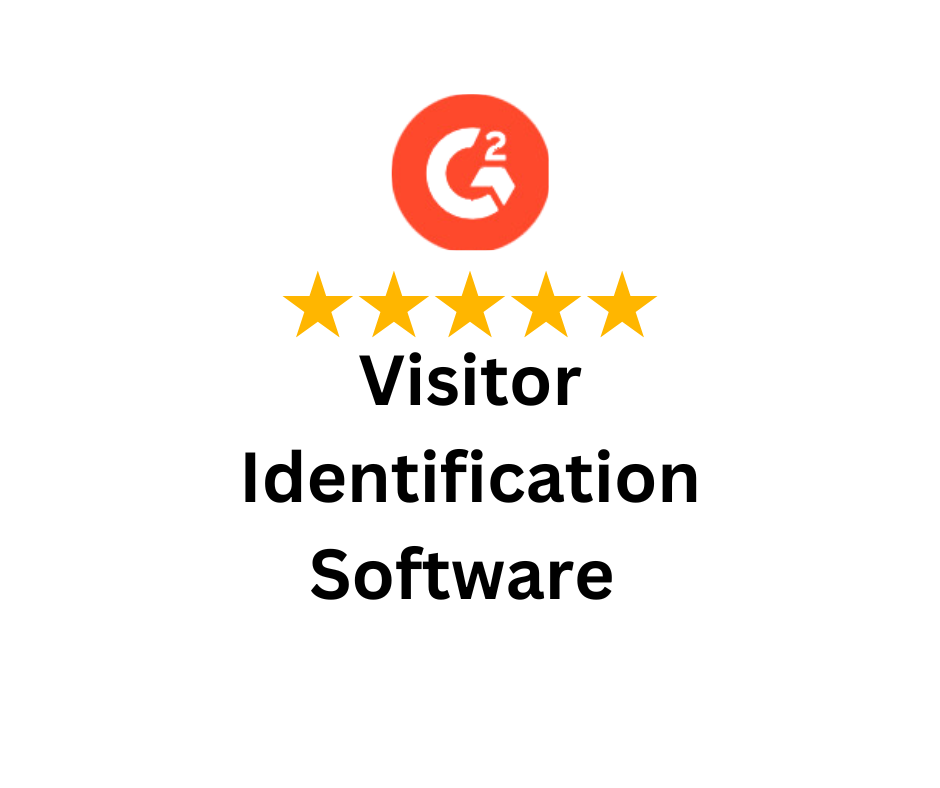Running an ecommerce business today is about more than just listing your products and hoping for the best outcome.
Rather, you need a clear digital marketing strategy to bring people in, keep them engaged, and give them a good reason to buy. It’s not about investing tons of money into ads without a plan. It’s about building the kind of system that keeps working while you focus on growth.
This guide will walk you through the core elements of a successful ecommerce digital marketing strategy, built to grow with your business.
Every visitor goes through a journey, and your strategy should match the way real people shop. Some visitors are just browsing. Some are comparing options. Some are ready to buy. You can’t treat them all the same. Basically, a user journey (or customer journey) starts when a visitor visits your website for the first time, until they convert into buyers. Ideally, customer retention efforts should turn them into returning customers.
A smart marketing plan should cover each stage:
The more you tailor your approach to each stage, the more likely people are to move forward. As the user journey not only identifies where all your visitors maneuver on your website, but also where they drop off, you can focus on building more engaging and attractive web pages with enough call to actions (CTAs).
A reliable tool, such as this conversion rate optimization tool that helps you identify accurate user journeys can help you keep users engaged better, so as to increase the chances of conversions. Heatmap data in the same tool will be an added bonus.
Organic traffic is one of the most valuable sources of leads that brings in people who are already interested in buying what you sell.
Start with keyword research. Focus on what buyers are searching for, not just what you want to say. Use simple language on your product pages, titles, and blog posts. Avoid stuffing keywords. Instead, write naturally and make sure each page serves a clear purpose.
Technical SEO is another major part of making your website work like it should—fast, mobile-friendly, and easy to navigate. Broken links and slow pages drive people away, which may lead to increased bounce rate, and hurt your rankings.
Also, create content that answers questions. A buyer searching for “how to choose a water bottle for hiking” could well become your next customer if your blog explains it well.
While even the most effective SEO takes time to show results, paid search can bring results faster. Google Ads lets you show up for searches that indicate someone’s ready to buy.
Start with high-converting search terms in your ecommerce digital marketing strategy. Use shopping ads with clear images and pricing. Protect your brand name with branded campaigns so competitors don’t steal your traffic. With affordable ad plans, such as PPC, every business can opt for ads today.
Monitor your campaigns closely. Use negative keywords to filter out irrelevant searches. Test different headlines, descriptions, and landing pages. Keep the campaigns focused and aligned with what your customers are actually searching for.
Many brands use social media to post product photos and wait for likes. But trust comes from real, useful, or entertaining content.
Show how your products are used in everyday life. Feature customer photos and stories. Use short videos to show behind-the-scenes moments or explain how a product works, to give your target audience a transparent look into your products or services.
You can also run social media ads that retarget people who visited your site. These gentle reminders help bring visitors back without being pushy.
Some marketers overlook email because it feels old-fashioned. But email still drives more return than almost any other channel.
Set up a welcome sequence for new subscribers. Offer a small discount or helpful info. Follow up with cart reminders and product suggestions.
After someone buys, check in again. Send helpful tips, ask for feedback to help improve your products, or suggest related products.
Segment your email list so your messages feel personal. People are more likely to respond to emails that match their interests or shopping habits.
Even if you have the best digital marketing strategy for ecommerce in place, the harsh truth is that most visitors don’t buy the first time.
This is why retargeting is so important. Set up ads that show the products they looked at. Use gentle reminders to pull them back in. Combine this with email sequences for even better results.
Retargeting doesn’t have to be annoying, and it shouldn’t. It should feel more like a helpful nudge, not a hard sell. With a helpful tool, create user segments and create relevant nudges that will work. For example, if you sell solar products in California, your nudge should target leads from California.
More traffic won’t help if your site doesn’t turn visitors into buyers. You don’t always need more clicks—you need better results from the ones you already get. The major catch here is to always monitor that your website, especially landing pages used across campaigns, work like they should.
Focus on clear product photos, simple descriptions, and trust signals like customer reviews or return guarantees.
Make the checkout process smooth. Fewer steps mean fewer abandoned carts. Add live chat or clear FAQ sections to remove doubts before someone leaves.
Test your site regularly. Small changes to buttons, layout, or copy can have a big impact on sales. Try different layouts (A/B Testing) with the help of a reliable tool to identify what works best when it comes to conversions.
Sometimes, the best way to reach new customers is through people they already trust. With the trust that people put into social media influencers these days, influencer marketing and affiliate programs are both good options.
Tip: Work with people who truly align with your brand. Focus on those with engaged audiences, not just large followings.
Give your partners a simple way to promote your products. Track their results and reward them based on real performance.
When you find the right fit, these partnerships can bring in consistent new buyers without a lot of effort.
Guesswork doesn’t build a business. You need to know what’s working and what’s not. Use tools like Google Analytics 4 to understand where your traffic comes from and how visitors behave on your site. Track which emails get opened, which ads lead to sales, and which pages cause drop-offs.
Review your data regularly. Don’t just look at surface-level numbers. Dig into which channels bring in the highest-value customers over time.
The more you learn from the data, the better your next move will be.
It’s cheaper to sell your product to an existing customer than to find a new one who’s looking for it. So, don’t stop at the first sale. Offer a loyalty program with rewards. Send regular check-ins or surprise offers! Ask for feedback and really listen, and if feasible, implement it too.
Consider subscriptions if your product fits the model. Whether it’s pet food, skincare, or vitamins, convenience keeps people coming back.
Satisfied customers are also your best marketing tool. Encourage reviews and referrals to bring in more buyers who trust their friends.
There’s no final version of your ecommerce digital marketing strategy. What works today might shift tomorrow. Stay flexible.
You don’t have to master every channel at once. Start small, test what works, and scale from there.
A real strategy is built on knowing your target audience, offering value, and showing up consistently. That’s what builds strong brands. The right branding and targeting assures lasting success online.
Empowering businesses to optimize their conversion funnels with AI-driven insights and automation. Turn traffic into sales with our advanced attribution platform.

